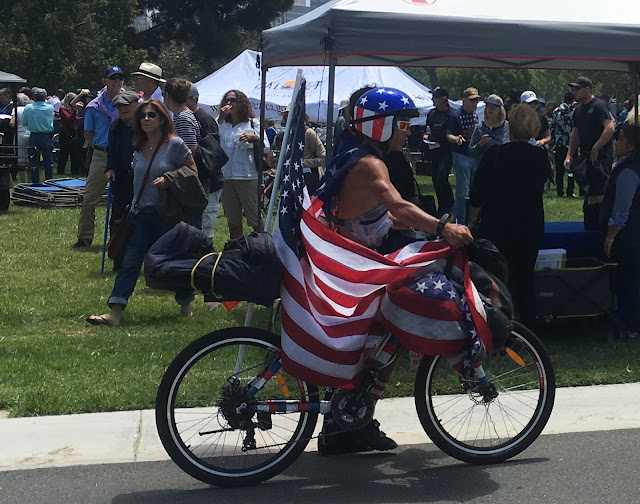The National Cemetery Administration invites: The meeting takes place 28/29 Oct 2024.
https://www.federalregister.gov/documents/2024/10/07/2024-23155/advisory-committee-on-cemeteries-and-memorials-notice-of-meeting
Here are our comments. Please add your own
From: Dr Michael Cahn <velocipedus@gmail.com>
Subject: Public Comment, NCA Advisory Committee, Oct 2024: Pedestrianism as a National Security Risk
To: Hopkins, Faith M. <faith.hopkins@va.gov>, <Gina.Farrisee@va.gov>
Cc: <vaadvisorycmte@va.gov>, <Ronald.Walters@va.gov>, Jared Peatman <jared@historyleadership.com>, gia_wagner@nps.gov <gia_wagner@nps.gov>, Hoplight, Michael <michael.hoplight2@redcross.org>, Floyd Watson <floydwatson9@gmail.com>, Tom Sole <solet@abmc.gov>, <Karen.L.Durham-Aguilera@usace.army.mil>, Monica Mohindra <mmohi@loc.gov>, Candace Wheeler <policy@taps.org>, William Kennedy <kennedyb@billingsmt.gov>, <Amerophan.Callahan@va.gov>, Thomas Hernandez <info@cemeterycarepros.com>, Climate Reality Project <charlesallenmiller@gmail.com>, Michael Schneider <michael@streetsforall.org>, Ellory Smith <ellory@streetsforall.org>
Public Comment, NCA Advisory Committee, Oct 2024: Pedestrianism as a National Security Risk
The Los Angeles National Cemetery (LANC) is located next to the GLA VA Hospital and the West LA VA campus in Los Angeles. After a series of court verdicts, much of the VA campus is now to be used primarily for veteran housing. This is an opportune moment to revisit the 2002 decision to close the pedestrian gate at the Eastern side of the cemetery (Constitution Ave & Veterans Ave). This decision was based on the report of the National Institute of Building Sciences, produced in the wake of 9/11, which lists National Cemeteries among the Nation’s Critical Infrastructure. The decision to close the gate was apparently based on the notion that pedestrians pose a national security risk. We are convinced that national security and healthy and sustainable modes like walking are fully compatible around our cemetery. Access through the pedestrian gate should be restored again.
Urban cemeteries often face challenging transportation issues, unlike rural locations, where motorized access is the default. Given the accelerating impacts of climate change, urban locations should actively invite other modes of transport. They should embrace the benefits in outreach, public health and sustainability that non-motorized options offer. As the VA has issued a strong commitment to respond to the climate crisis, and is required to provide a healthy environment for our veterans, solutions that encourage healthy and sustainable forms of transportation should be implemented with urgency.
We ask the advisory committee to adopt the following Action Plan
Create a plan for how the re-opening of the pedestrian gate can be conducted in a manner that is consistent with the ceremonial nature of the cemetery, how it could offer employment opportunities (Compensated Work Therapy) for veterans guarding the character of the space, how it will benefit veterans living on the adjacent VA campus to reach destinations in Westwood independently, including those who are using a wheelchair, how it could improve local outreach, and deliver environmental and health benefits for the VA community, patients at the VA hospital, and for the wider community, reducing traffic congestion and minimizing fuel consumption and pollution. The committee is tasked “to make recommendations to the Secretary on issues related to the selection of cemetery sites.” The committee should keep in mind that the site is now closed to new interments.
We ask that the outreach committee request that the Secretary provide resources to study the positive impacts that revisiting the 2002 decision could have for the Los Angeles National Cemetery. We suggest that public health experts and urban planners should be consulted in this process.

















































